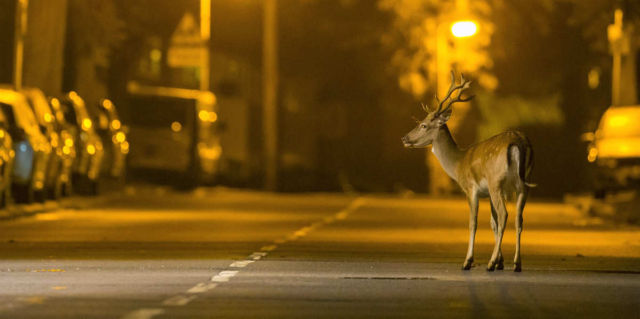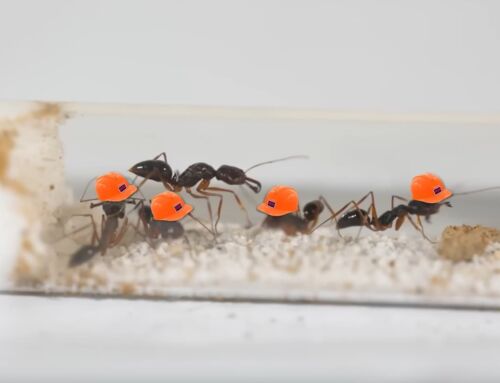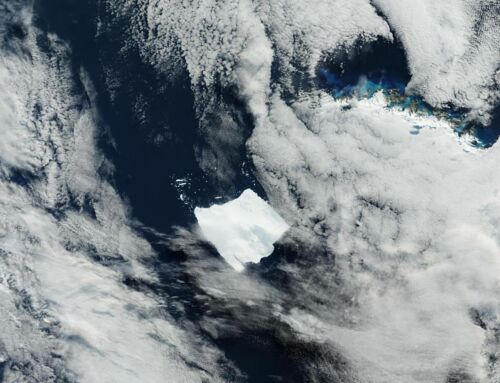A great number of animal species have reacted to the increased human influence, becoming more nocturnal.
As the human population grows, there are fewer places for animals to live, has driven well-documented shifts in the spatial distribution of wildlife.
A study published in Science, found that mammals worldwide have become 1.36 times more nocturnal than they’ve previously been.
The study represents the first effort to quantify the global effects of human activity on the daily activity patterns of wildlife. Its results highlight the powerful and widespread process by which animals alter their behavior alongside people: human disturbance is creating a more nocturnal natural world.
University of California Berkeley Ph.D. candidate and lead author Kaitlyn Gaynor, said:
“While we expected to find a trend towards increased wildlife nocturnality around people, we were surprised by the consistency of the results around the world. Animals responded strongly to all types of human disturbance, regardless of whether people actually posed a direct threat, suggesting that our presence alone is enough to disrupt their natural patterns of behavior.”
Image credit Jamie Hall
source University of California Berkeley






Leave A Comment